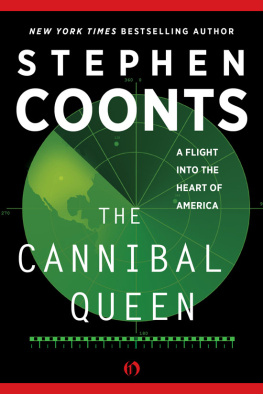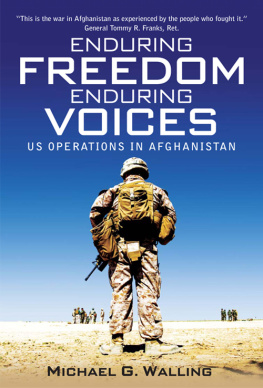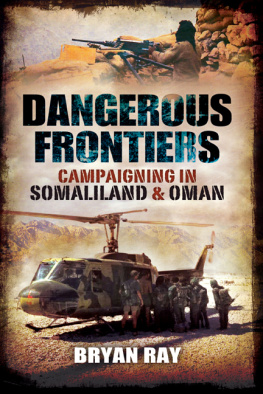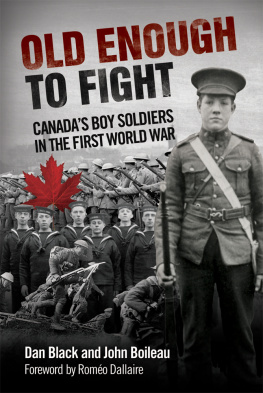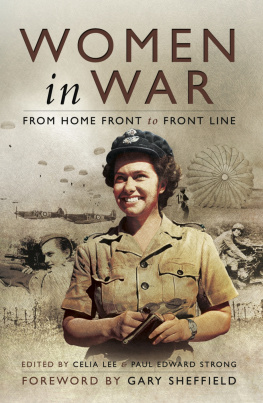Stephen Coonts (Editor)
Combat
To the memory of the seventeen sailors who
lost their lives on the USS Cole
The milieu of armed conflict has been a fertile setting for storytellers since the dawn of the written word, and probably before. The Iliad by Homer was a thousand years old before someone finally wrote down that oral epic of the Trojan War, freezing its form forever.
Since then war stories have been one of the main themes of fiction in Western cultures: War and Peace by Leo Tolstoi was set during the Napoleonic Wars, Stephen Cranes The Red Badge of Courage was set during the American Civil War, All Quiet on the Western Front by Erich Maria Remarque was perhaps the great classic of World War I. Arguably the premier war novel of the twentieth century, Ernest Hemingways For Whom the Bell Tolls, was set in the Spanish Civil War.
World War II caused an explosion of great war novels. Some of my favorites are The Naked and the Dead, The Thin Red Line, War and Remembrance, From Here to Eternity, The War Lover, and Das Boot.
The Korean conflict also produced a bunch, including my favorite, The Bridges at Toko-Ri by James Michener, but Vietnam changed the literary landscape. According to conventional wisdom in the publishing industry, after that war the reading public lost interest in war stories. Without a doubt the publishers did.
In 1984 the world changed. The U.S. Naval Institute Press, the Naval Academys academic publisher, broke with its ninety-plus years of tradition and published a novel, The Hunt for Red October, by Tom Clancy.
This book by an independent insurance agent who had never served in the armed forces sold slowly at first, then became a huge best-seller when the reading public found it and began selling it to each other by word of mouth. It didnt hurt that President Ronald Reagan was photographed with a copy.
As it happened, in 1985 I was looking for a publisher for a Vietnam flying story I had written. After the novel was rejected by every publisher in New York, I saw Hunt in a bookstore, so I sent my novel to the Naval Institute Press. To my delight the house accepted it and published it in 1986 as Flight of the Intruder. Like Hunt, it too became a big best-seller.
Success ruined the Naval Institute. Wracked by internal politics, the staff refused to publish Clancys and my subsequent novels. (We had no trouble selling these books in New York, thank you!) The house did not publish another novel for years, and when they did, best-seller sales eluded them.
Literary critics had an explanation for the interest of the post-Vietnam public in war stories. These novels, they said, were something new. I dont know who coined the term techno-thriller (back then newspapers always used quotes and hyphenated it) but the term stuck.
Trying to define the new term, the critics concluded that these war stories used modern technology in ways that no one ever had. How wrong they were.
Clancys inspiration for The Hunt for Red October was an attempted defection of a crew of a Soviet surface warship in the Baltic. The crew mutinied and attempted to sail their ship to Finland. The attempt went awry and the ringleaders were summarily executed by the communists, who always took offense when anyone tried to leave the workers paradises.
What if, Clancy asked himself, the crew of a nuclear-powered submarine tried to defect? The game would be more interesting then. Clancys model for the type of story he wanted to write was Edward L. Beachs Run Silent, Run Deep, a World War II submarine story salted with authentic technical detail that was critical to the development of the characters and plot of the story.
With that scenario in mind, Clancy set out to write a submarine adventure that would be accurate in every detail. Never mind that he had never set foot on a nuclear submarine or spent a day in uniform his inquiring mind and thirst for knowledge made him an extraordinary researcher. His fascination with war games and active, fertile imagination made him a first-class storyteller.
Unlike Clancy, I did no research whatsoever when writing Flight of the Intruder. I had flown A-6 Intruder bombers in Vietnam from the deck of the USS Enterprise and wrote from memory. I had been trying to write a flying novel since 1973 and had worn out two typewriters in the process. By 1984 I had figured out a plot for my flying tale, so after a divorce I got serious about writing and completed a first draft of the novel in five months.
My inspiration for the type of story I wanted to write was two books by Ernest K. Gann. Fate Is the Hunter was a true collection of flying stories from the late 1930s and 1940s, and was, I thought, extraordinary in its inclusion of a wealth of detail about the craft of flying an airplane. Gann also used this device for his novels, the best of which is probably The High and the Mighty, a story about a piston-engined airliner that has an emergency while flying between Hawaii and San Francisco.
Gann used technical details to create the setting and as plot devices that moved the stories along. By educating the reader about what it is a pilot does, he gave his stories an emotional impact that conventional storytellers could not achieve. In essence, he put you in the cockpit and took you flying. That, I thought, was an extraordinary achievement and one I wanted to emulate.
Fortunately, the technology that Clancy and I were writing about was state-of-the-art-nuclear-powered submarines and precision all-weather attack jets and this played to the reading publics long-standing love affair with scientific discoveries and new technology. In the nineteenth century Jules Verne, Edgar Allan Poe, Wilkie Collins, and H. G. Wells gave birth to science fiction. The technology at the heart of their stories played on the publics fascination with the man-made wonders of that age the submarine, the flying machines that were the object of intense research and experimentation, though they had yet to get off the ground, and the myriad of uses that inventors were finding for electricity, to name just a few.
Todays public is still enchanted by the promise of scientific research and technology. Computers, rockets, missiles, precision munitions, lasers, fiber optics, wireless networks, reconnaissance satellites, winged airplanes that take off and land vertically, network-centric warfare advances in every technical field are constantly re-creating the world in which we live.
The marriage of high tech and war stories is a natural.
The line between the modern military action-adventure and science fiction is blurry, indistinct, and becoming more so with every passing day. Storytellers often set technothrillers in the near future and dress up the technology accordingly, toss in little inventions of their own here and there, and in general, try subtly to wow their readers by use of a little of that science fiction what might be magic. When its properly done, only a technically expert reader will be able to tell when the writer has crossed the line from the real to the unreal; and thats the fun of it. On the other hand, stories set in space or on other planets or thousands of years in the future are clearly science fiction, even though armed conflict is involved.
In this collection you will find ten never-before-published techno-thriller novellas by accomplished writers, a category in which I immodestly include myself. I hope you like them.
STEPHEN COONTS
AL-JIHAD
BY STEPHEN COONTS
Julie Giraud was crazy as hell. I knew that for an absolute fact, so I was contemplating what a real damned fool I was to get mixed up in her crazy scheme when I drove the Humvee and trailer into the belly of the V-22 Osprey and tied them down.



